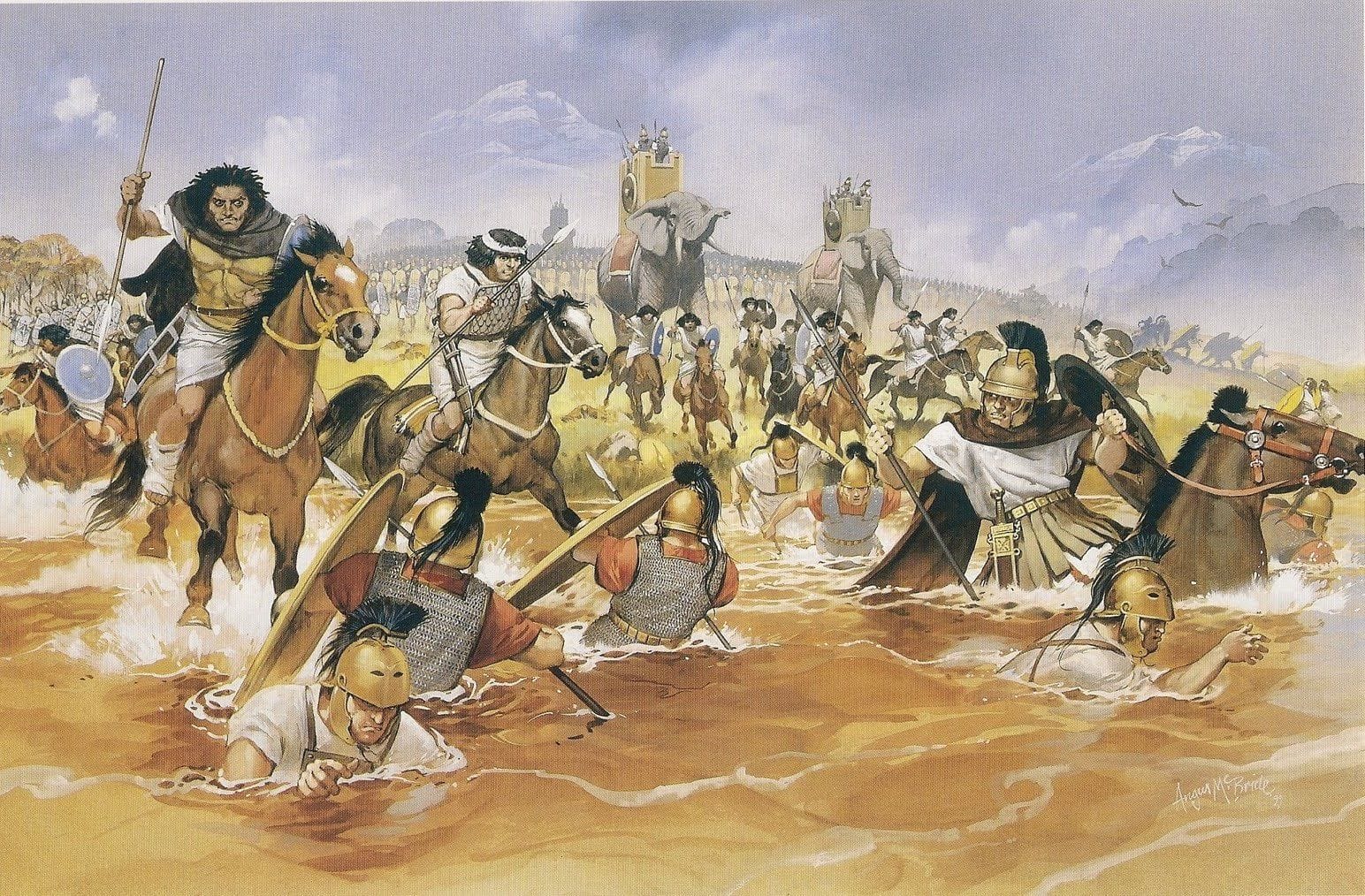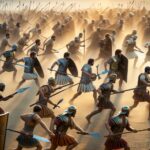While Roman legionaries famously marched in their caligae, the footwear of their Carthaginian rivals remains shrouded in mystery and speculation. The lack of definitive archaeological finds presents a unique challenge, forcing us to piece together a picture of Carthaginian soldier shoes from historical context, comparative analysis, and a touch of educated guesswork.
A Diverse Army, Diverse Footwear
The Carthaginian army wasn’t a monolith. It was a melting pot of soldiers drawn from across their vast empire, each group bringing unique fighting styles and, likely, footwear traditions. This diversity is essential to understanding what might have adorned their feet.
Liby-Phoenician Infantry: The Backbone in Sandals?
The Liby-Phoenicians formed the core of the Carthaginian infantry. As North African natives, they likely favored practicality and local materials. Sources suggest sturdy sandals, perhaps resembling the Roman carbatinae, were a staple. [https://www.lolaapp.com/] These would have provided durability for long marches and breathability in the hot climate.
Iberian Mercenaries: Lightly Equipped and Battle-Ready?
Hailing from the Iberian peninsula, these mercenaries were known for their skill with the falcata, a curved sword. Some historians propose they might have prioritized agility over heavy footwear, potentially even utilizing small shields strapped to their feet for protection during close combat.
Numidian Cavalry: Boots for Speed and Maneuverability
The swiftness and horsemanship of Numidian cavalry were legendary. Their footwear would have needed to provide both stability and protection for lightning-fast maneuvers. It’s likely they wore boots or high-cut sandals, potentially influenced by their distinct riding styles. [https://www.lolaapp.com/]
Beyond Local Materials: The Influence of Trade
Carthage wasn’t just a military power; it was a trading empire. This access to materials and goods from across the Mediterranean likely influenced their footwear as well.
- Esparto Grass: This readily available, durable fiber could have been used to craft espadrilles-like shoes, providing breathability and comfort.
- Roman Influence: Did Carthaginian soldiers adopt or adapt elements of Roman footwear like the caligae? Trade and conflict could have led to cultural exchange, even in footwear.
Hannibal’s Crossing: Footwear for the Extreme
Hannibal’s daring crossing of the Alps stands as a testament to Carthaginian resilience and logistical prowess. It also begs the question: what did these soldiers wear on their feet to endure such a grueling journey?
While definitive answers remain elusive, we can speculate that practicality and resourcefulness dictated their choices. Tough, insulated boots, perhaps utilizing furs or layered fabrics, would have been essential for navigating the icy, treacherous terrain. It’s a fascinating glimpse into the challenges faced and overcome by Hannibal’s army.
The Mystery Endures: What We Don’t Know
The lack of preserved Carthaginian soldier shoes leaves us with more questions than answers. Did they develop unique footwear technologies now lost to time? What variations existed within different units or for specific combat roles?
The ongoing research into Carthaginian military history offers hope that future archaeological discoveries might yet unearth these elusive pieces of the puzzle. Until then, piecing together the story of their footwear remains a fascinating exercise in historical deduction and imagination.












